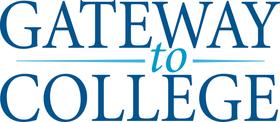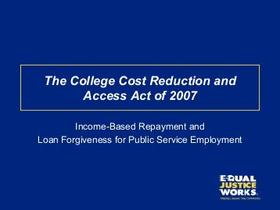- At Le Cordon Bleu College of Culinary Arts in Los Angeles, our culinary programs are designed to help students pursue their passions and prepare them for professional opportunities in the international culinary, pâtisserie and baking, and hospitality industries. With campuses in both Hollywood and Pasadena, California, students receive a comprehensive, challenging education in classic culinary techniques combined with modern innovations and the latest in global cuisine. They learn through demonstration by chef instructors followed by hands-on application. Our California culinary arts curriculum includes important theoretical concepts, practical application, and industry-relevant general education courses. Students also benefit from small class size in a creative, supportive community. Le Cordon Bleu fosters a unique multi-cultural and educational environment, encouraging you to learn and grow in the lessons you undertake in the fundamentals of classical cooking. It is our privilege to be able to give students from all walks of life the opportunity to overcome your toughest challenges and embrace your creative passion, while working alongside our dedicated professional chefs. We’re delighted to provide an environment that encourages students with unparalleled facilities and with a focus on your ability to pursue great things upon graduation.
School Highlights
Le Cordon Bleu College of Culinary Arts-Pasadena served 1,792 students (100% of students were full-time).
The college's student-teacher ratio of 37:1 was higher than the state community college average of 32:1.
Minority enrollment was 82% of the student body (majority Black and Asian), which was more than the state average of 77%.
School Overview
Le Cordon Bleu College of Culinary Arts-Pasadena
(CA) Community College Avg.
Carnegie Classification
Item not available
Baccalaureate/Associate's Colleges: Associate's Dominant
Institution Level
At least 2 but less than 4 years
At least 2 but less than 4 years
Institution Control
Private, for profit
Public
Total Faculty
48 staff
315 staff
Student Body
Total Enrollment
1,792 students
9,796 students
Student-Teacher Ratio
37:1
32:1
# Full-Time Students
1,792 students
1,259 students
# Part-Time Students
n/a
8,537 students
# Enrollment Undergraduate
243 students
242 students
# Full-Time Undergraduate Students
1,792 students
1,250 students
# Full-Time Graduate Students
n/a
63 students
# Part-Time Undergraduate Students
n/a
8,299 students
# Part-Time Graduate Students
n/a
10 students
Total Dormitory Capacity
n/a
121 students
% American Indian/Alaskan
1%
n/a
% Asian
10%
13%
% Hispanic
9%
47%
% Black
10%
7%
% White
18%
23%
% Hawaiian
2%
1%
% Two or more races
1%
5%
% Non Resident races
n/a
1%
% Unknown races
49%
3%
Diversity Score
0.70
0.70
College Completion Rate (Students who graduate in less than 4 years)
62%
28%
College Completion Rate (Students who graduate in 4 years or more than 4 years)
n/a
43%
Average Graduate Earnings (10 Years)
$38,900
$34,700
Tuition and Acceptance Rate
Private State Tuition Fees
$13,413
$17,819
% Students Receiving Some Financial Aid
86%
85%
Median Debt for Graduates
$15,042
$9,500
Median Debt for Dropouts
$6,195
$5,500
Acceptance Rate
n/a
93%
Source: 2020 (or latest year available) Integrated Postsecondary Education Data System (IPEDS)
Frequently Asked Questions
How much does Le Cordon Bleu College of Culinary Arts-Pasadena cost?
Le Cordon Bleu College of Culinary Arts-Pasadena's private state tuition is approximately $13,413.
Recent Articles

Community College Success Rates 2025: Outcomes & Trends
Updated 2025 analysis of community college success rates, completion, transfer, costs, enrollment, and strategies that shape student outcomes.

Community Colleges in 2025: Combating Stereotypes with Impact
Updated insights on how community colleges are dispelling myths, growing enrollment, and expanding pathways in 2025.

2025 FAFSA Changes Explained for Community College Students
A comprehensive guide to 2025 FAFSA changes, what community college students must know, new eligibility rules, timelines, and tips to maximize federal aid.





